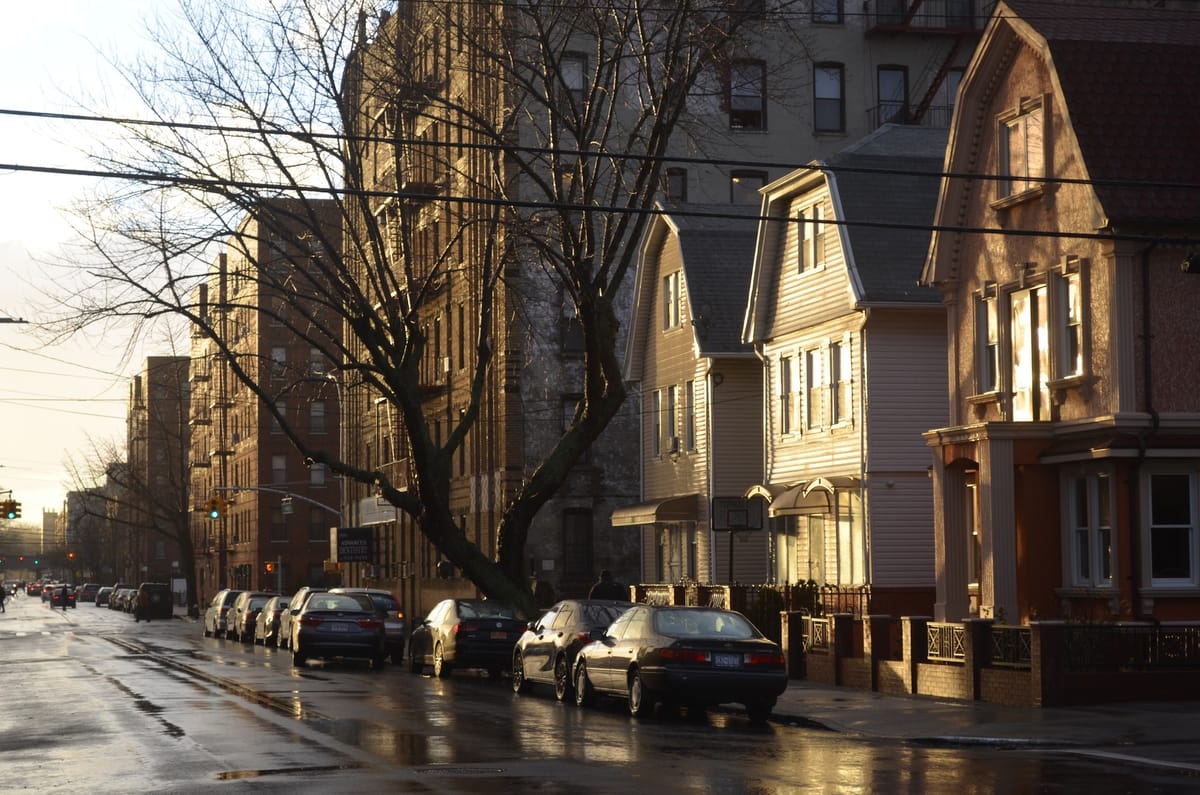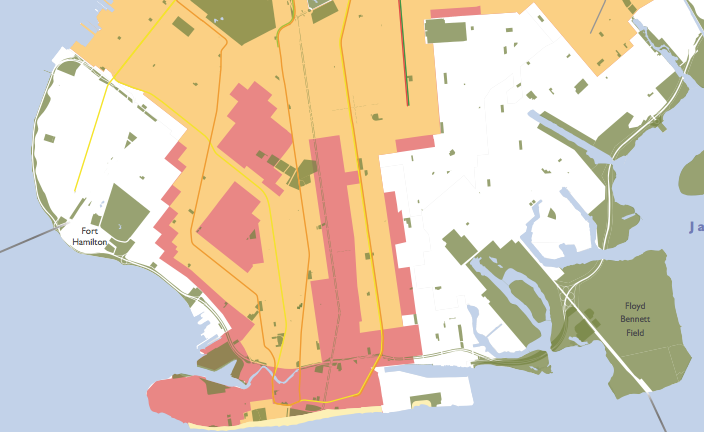City Council Overwhelmingly Approves Mayor’s Controversial Zoning Changes


The City Council voted overwhelmingly Tuesday in favor of two controversial zoning changes proposed by the mayor to spur the construction of affordable housing.
The proposals, Zoning for Quality and Affordability (ZQA) and Mandatory Inclusionary Housing (MIH), loosen zoning laws in some neighborhoods for developers who build affordable housing for seniors or low- and middle-income tenants. The changes are key parts of the Mayor’s plan to create and preserve 200,000 affordable housing units over the next 10 years.
Community boards, civic groups, and housing advocates came out strongly against the proposals when they were introduced last year — arguing the plan left out the most needy New Yorkers while allowing developers to run roughshod over their communities. However, the proposals won approval from the City Council after key changes were made to the laws.
City Councilman Chaim Deutsch voted for both pieces of legislation after getting the waterfront areas in his district removed from the transit zone, which would have eliminated parking requirements for developments with affordable housing.
Deutsch argued the waterfronts, already in the throws of a building boom, could not bear further zoning deregulation — particularly because they are still recovering from the devastation caused by Superstorm Sandy.
“The kinds of ‘as-of-right‘ developments that we are seeing pop up in our district don’t do anything for the quality of life of the surrounding community, as well as those who are struggling to choose between paying rent and having food on the table,” Deutsch said in a statement. “It is our obligation to ensure that our parents and grandparents are able to retire in dignity, while still keeping the character of our neighborhood intact.”
Deutsch’s changes cut off the transit zone at Avenue Y (on the south), Ocean Avenue (on the east) and Coney Island Avenue (on the west), leaving out many of the neighborhoods impacted most by Sandy.
Take a look at the amended Transit Zone map for southern Brooklyn. The areas in red have been removed from the transit zone. The yellow areas are where the transit zone remains.

The City Council also tweaked some of the height requirements in order to preserve the character of their neighborhoods. However, the biggest change, which ultimately won over some of the affordable housing groups who opposed the plan, were changes to MIH that made the new housing stock more accessible for lower income neighbors.
They added an option for developers to set aside up to 20 percent of housing to those making 40 precent of area median income ($31,000 for a family of three). They also lowered the highest tier option from 120 precent of AMI to 115 percent.
De Blasio celebrated the passage of his proposals Tuesday.
“New York City is now one step closer to being a city where everyone can work and live,” the Mayor said in a statement. “Years from now, when working-class families and seniors are living soundly in their homes without fear of being priced out, we will look back on this as a pivotal moment when we turned the tide to keep our city a place for ALL New Yorkers.”
However, the approved plan still drew scorn from many advocacy groups. More than 40 organizations, representing tenants, workers and homeless urged the City Council to reject the plan. And a group of protestors had to be driven from from the Council chamber when they superglued their hands together while demonstrating against during Tuesday’s vote, the Daily News reports.
In the end, ZQA passed the City Council 42-5, while MIH passed 40-6 with one abstention, according to the Daily News.




